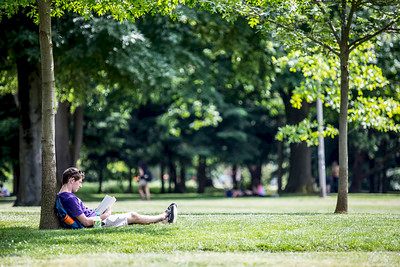Learn to Spot Mis/disinformation
The ability to identify mis/disinformation is essential for participating in a healthy democracy!
By learning how to spot misleading content, you can protect yourself and your community from false narratives and manipulation. Becoming a critical thinker and informed media consumer empowers you to contribute to a more accurate, trustworthy, and transparent public discourse.
Explore CIP Resources to Develop Instincts and Skills
Deepen your capacity and take an active role in strengthening the fabric of an informed society!
The Center for an Informed Public (CIP) offers valuable tools and insights to help you navigate today’s complex information landscape. These resources empower you to become a more informed citizen, actively participating in efforts to safeguard democracy by promoting accurate, reliable information.
Address Mis/disinformation in the Digital World
Learn how to navigate the complexities of data-driven misinformation!
Combating the spread of misinformation is crucial in today’s digital world. University of Washington’s "Calling Bullshit: Data Reasoning in a Digital World" class, created by CIP Director Jevin West and faculty member Carl Bergstrom, tackles this issue head-on. The class equipped students and the public with the tools to spot and refute misleading information presented through numbers, statistics, and algorithms. You can access the course lectures on YouTube or explore additional resources at CallingBullshit.org.
This influential course inspired the August 2020 book Calling Bullshit: The Art of Skepticism in a Data-Driven World.
Full Lecture Series on YouTube
Spot the Deepfakes Quiz
Think you can tell the difference between real and fake? Give it a try and see how well you do!
Test your ability to identify deepfakes with this interactive quiz created by the UW Center for an Informed Public and Microsoft’s Defending Democracy Program in partnership with USA TODAY and Sensity. As deepfakes and synthetic media become more prevalent, this quiz helps you sharpen your skills in detecting manipulated images and videos.
Which Face is Real?
Think you can spot the difference? Try it for yourself!
AI-enabled learning algorithms can now generate synthetic “photographs” of people with ease. Your task: guess which face is real. Created by the University of Washington’s Calling Bullshit project, whichfaceisreal.com aims to raise awareness about how easily facial identities can be faked, manufactured, and digitally disseminated.



